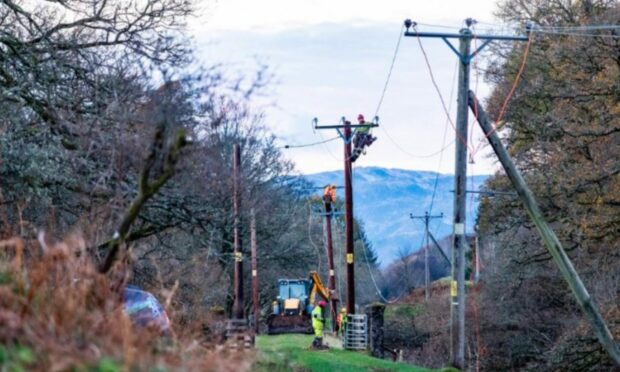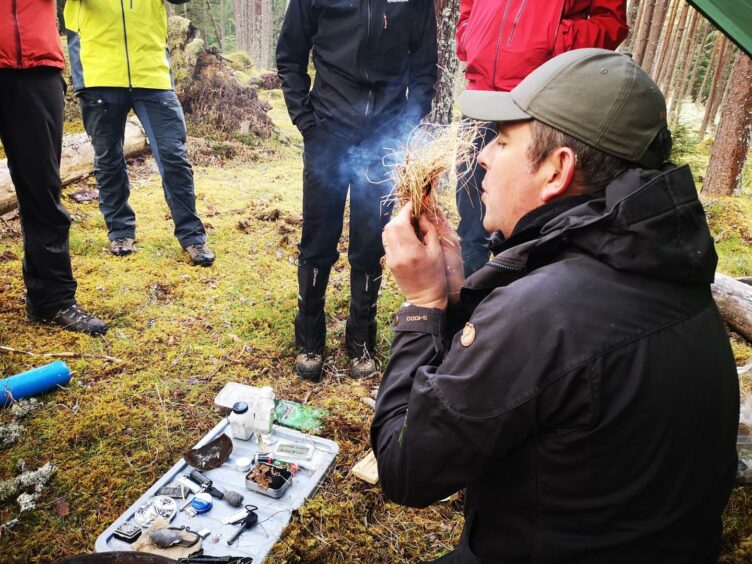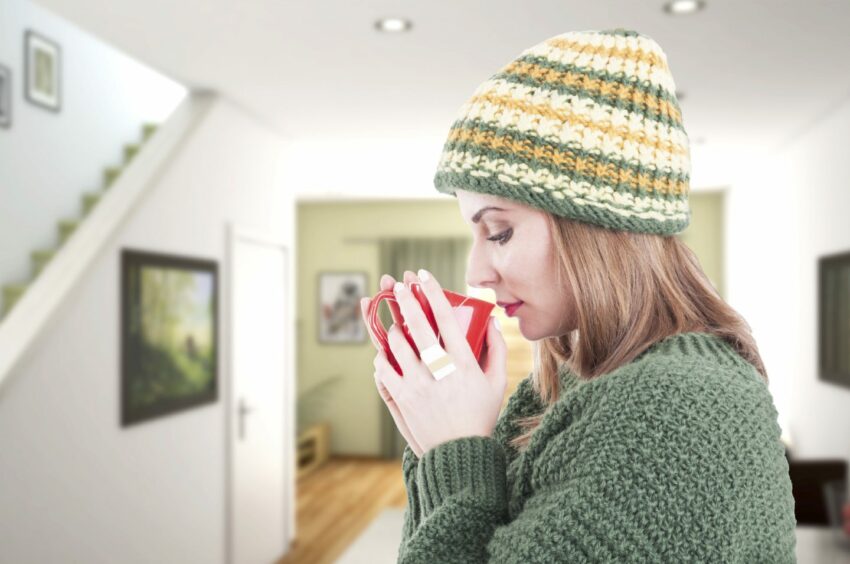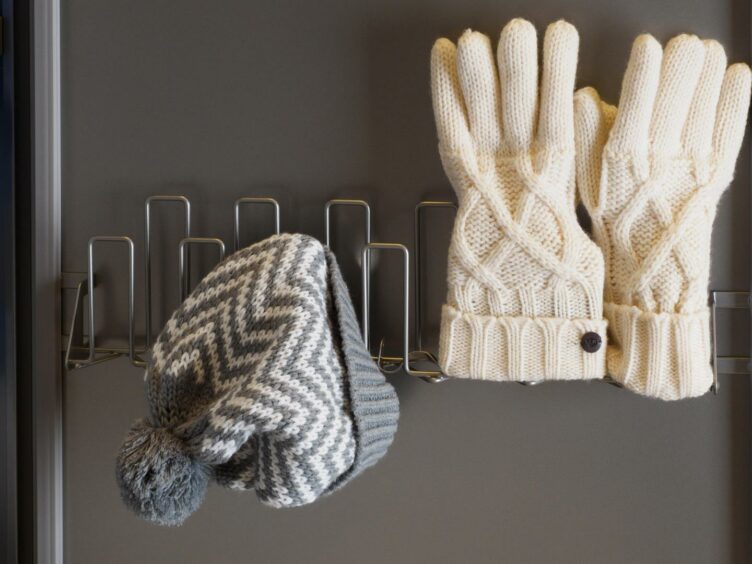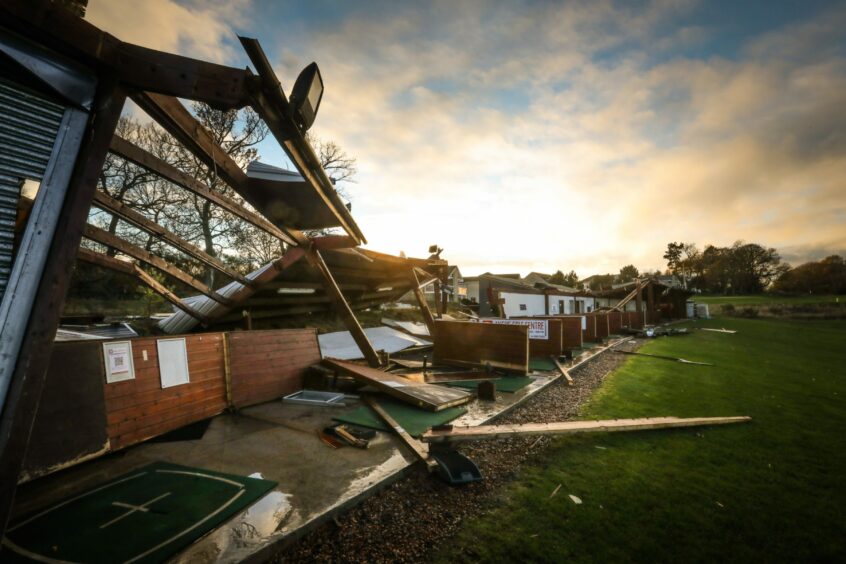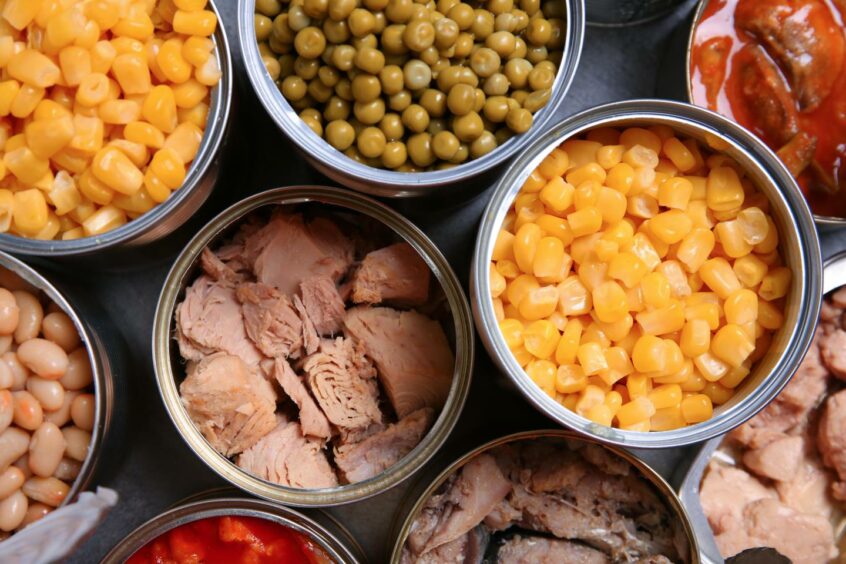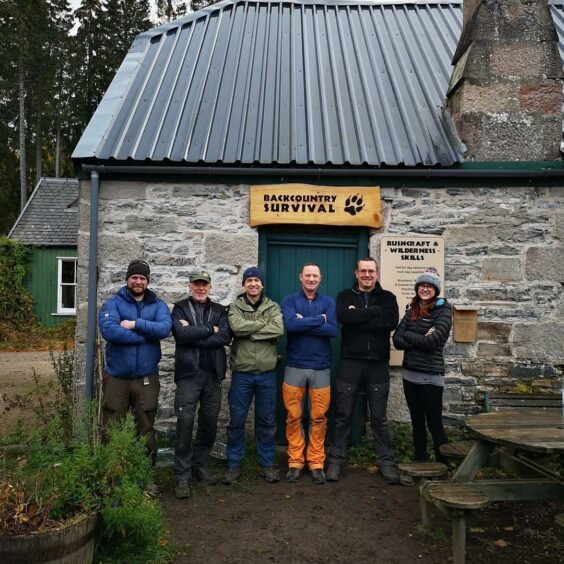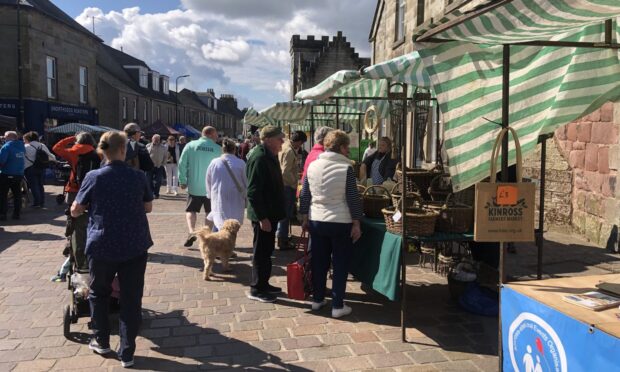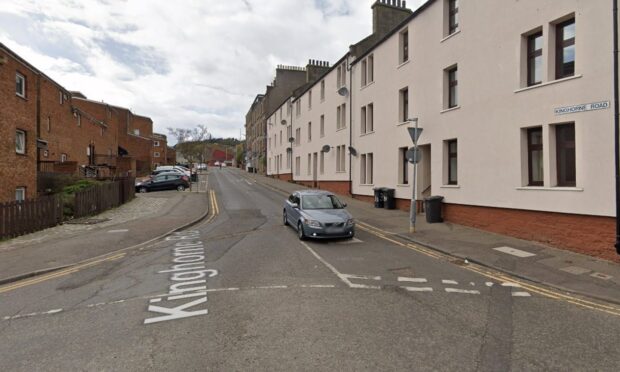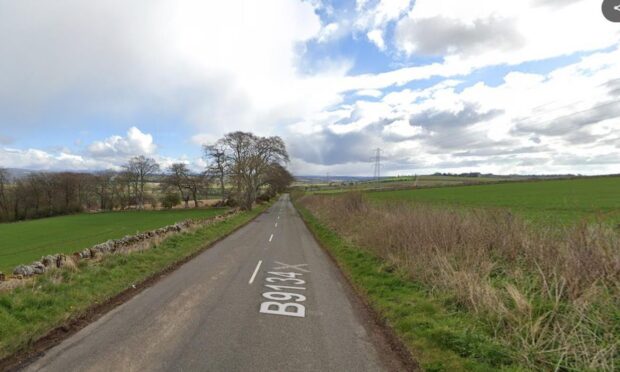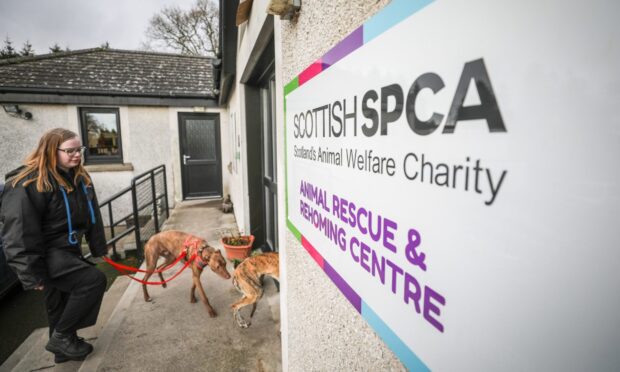Storm Arwen left hundreds of homes in Tayside and Fife without power.
The extreme weather which swept across Scotland on Friday and Saturday destroyed power lines and infrastructure.
Many were left without due to the storm, unable to keep warm or cook.
To help with the ongoing blackout, as well as any future power outages, Derek Robertson, a survivalist and instructor at Perthshire-based Backcountry Survival, has provided five tips to keep you safe, warm and comfortable while you wait for your power to come back.
#1 – Stay warm
According to Derek, the most important thing you can do during a power blackout is stay warm.
He advises using a layer system with a base layer that connects to your skin and a good number of additional layers on top – trapping in heat to keep you cosy.
He adds: “Make sure these stay dry. If damp, remove these and put dry clothes on.”
The survival expert also recommends trapping warm air inside your property, saying: “Cover any draughts in the house, put towels or blankets across draught points, over windows, on the bottom of doors.
“If you don’t have carpets, cover the floors with towels, blankets or rugs to reduce heat loss.
“Using a fire is a brilliant idea if you have access to one – just make sure you keep a steady supply of firewood and tinder.”
#2 – Tell someone about your situation
While this may seem like an obvious tip, it’s something that can easily be forgotten in the moment.
Derek suggests using portable phone chargers or your car’s charging port to keep the battery in your mobile full.
This allows you to stay connected to the outside world and – more importantly – call for help if needed.
Additionally, those who have been struck by power cuts should put together a ‘grab bag’ with essential items that can be kept on their person at all times.
Recommended provisions include a head torch, batteries, candles, glow sticks, matches and a lighter.
Long-lasting foods such as nuts, beef jerky and canned goods are also a good idea, as well as cosy clothes such as hats and gloves.
#3 – Store water and stay hydrated
While not as common in Scotland, Derek says there is a possibility of water shortages during a prolonged blackout.
To combat this, he suggests conserving available water and even repurposing boiled rain.
“When the power cuts out, you will soon struggle to get water,” he says.
“As soon as the power cuts, fill up your bathtub with water and then you can use this as a supply for cooking, flushing toilets, washing etcetera.
“If you don’t have a bathtub, use water containers.
“When it rains put buckets outside to catch the water; boil it for safe measures and it’s safe to consume.”
#4 – Pick the right foods and stay fed
For extended power cuts, it’s important to pick the right types of food.
Our survivalist suggests long-lasting products such as sugar, flour, oats, dried beans and tinned goods.
Fires are also recommended for cooking if ovens and microwaves are not working, as are camping stoves, barbeques and gas cookers.
#5 – Look after your neighbours
Derek’s final tip is simple but important: “Once you are comfortable and able to, check on your neighbours and make sure they are okay.”
In times of emergency, it is important to look out for those who are less vulnerable, such as elderly neighbours or family members, he adds.
Those who live alone can also be at higher risk.
If you or anyone that know is struggling severely with the power cut, please contact your local council or emergency services if needed.
